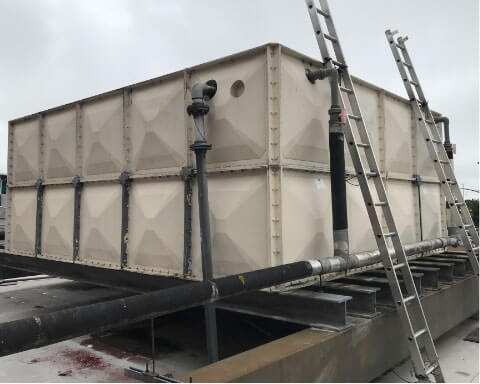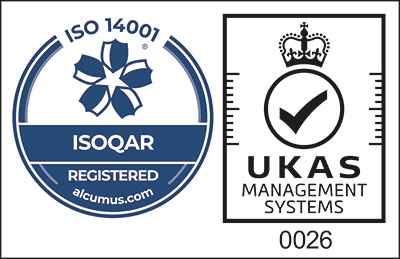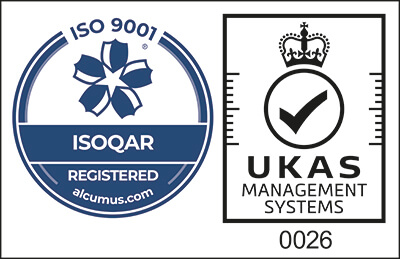
When it comes to water tanks and the water they store, people do not often know the difference between potable and non potable water. Those that are new to water retaining structures may not have any or very little knowledge on this. However, for the usage of water, it is important that you know how the two water types differ. In this blog article, we will talk you through the uses of both potable and non-potable water so you can learn the difference between the two water types.
What is Potable Water?
Potable water is stored water that is suitable for human consumption. Potable water has more uses than just drinking, as it is the water that we use for washing our kitchen dishes and utensils.
The Use of Potable Water
For any purpose that might result in the ingestion of water or when water comes into contact with the skin, potable water is used in these instances. The word potable comes from ‘Potare’, the Latin word which means ‘to drink’. When water is not labelled as potable is should not be drunk as this could be a hazard to your health. For a water tank to store potable water it has to conform to the WRAS so that the water stored is safe for drinking.
How Potable Water Tanks Work
When looking for water tanks you’ll find classifications to display whether they are potable or non-potable. The difference that makes this classification, is the materials used to construct the tank and the material used for your tank lining. Some plastic tanks may not be appropriate for storing water for consumption as they can contaminate the water. So, it is essential to ensure that your water tank is made for its purpose. To make sure that your water tank is appropriate to store potable water you should ensure that it conforms to WRAS and is approved in line with water supply regulations. A certificate stating that your tank is safe for use for drinking water is not enough in this situation.
The Use of Non-Potable Water
Non-potable water differs from potable water in the way that it is not appropriate for human consumption. Although non potable water is not suitable for human contact, it has a wide variety of uses that are essential in our everyday lives from plumbing to gardening applications. From washing machine water to toilet and urinal flushing, non-potable water is also essential for many things that we do. Non potable water tanks are unsafe for collecting water for consumption purposes, as they contain a porous surface which can collect bacteria and affect the stored water. In plastic water tanks, gases can also be given off to further affect the water in the tank.
How Non-Potable Water Tanks Work
Non-potable water tanks are mainly used commercially and industrially, where the liquid stored is not consumed by humans or animals. These water tanks are often part of rainwater harvesting systems, that have greater regard to sustainability by enabling you to save water. Harvested rainwater is utilised for applications such as cleaning clothes, washing cars, flushing toilet facilities and watering gardens and crops. While harvested rainwater is not suitable for drinking, it is very beneficial to the growth and development of plants and produce, which is why non-potable tanks are so popular in agricultural settings.
So, now we have covered the difference between potable and non potable water, you now have the knowledge of how each water type works. If you require water tank relining or repairs on a potable water tank, browse our services now. Alternatively, contact us today if you require further information on potable and no-potable water tanks.










